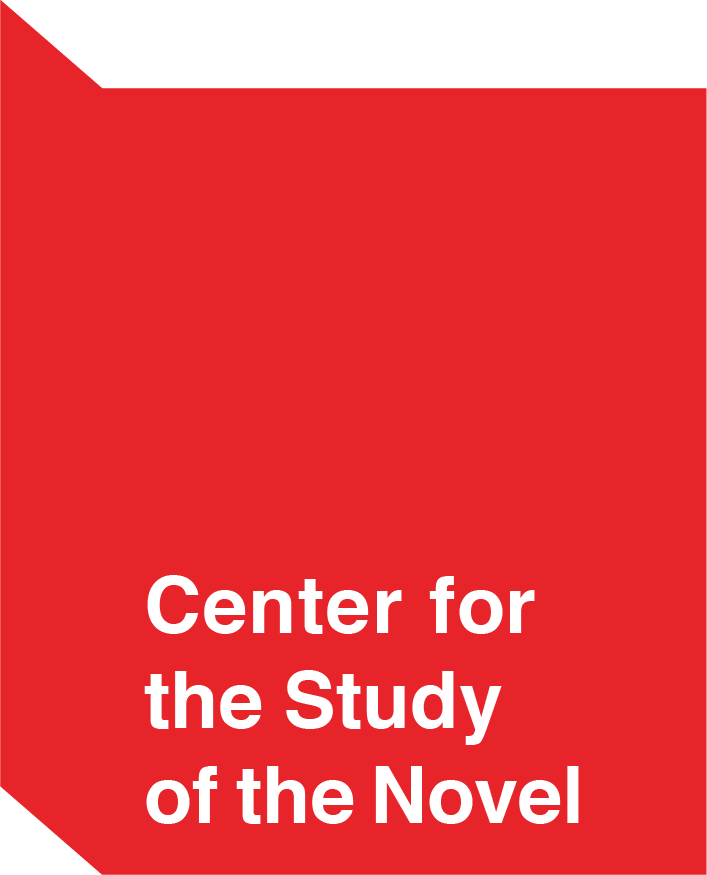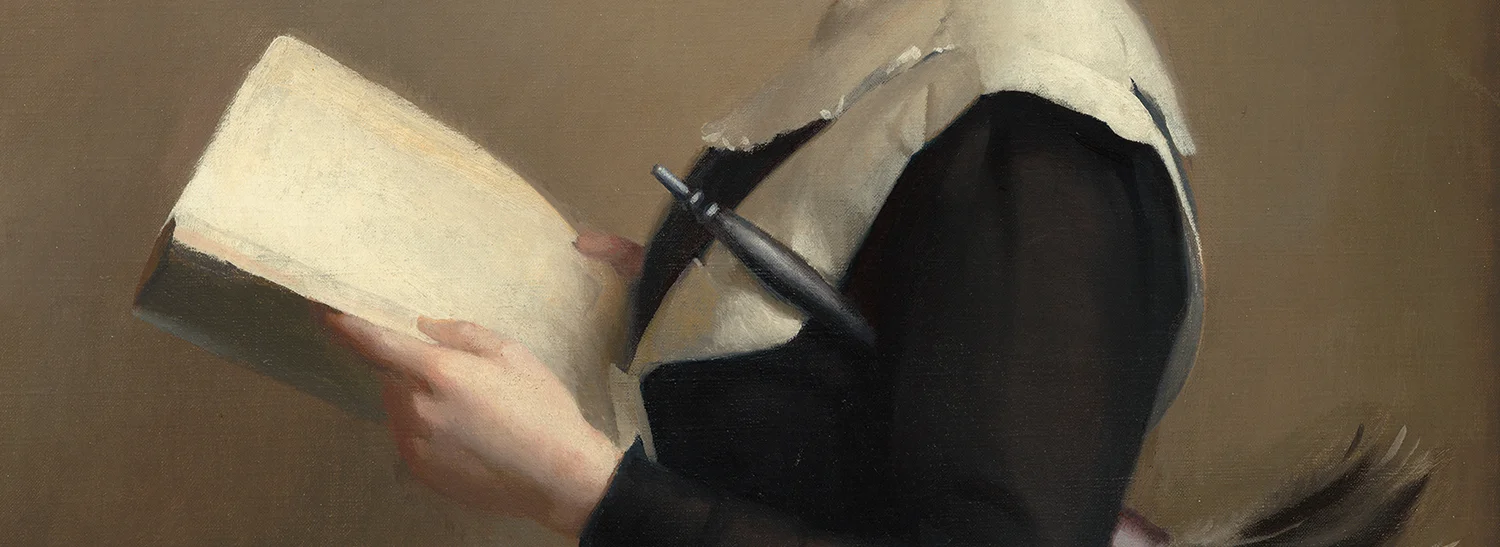We are very excited to announce the the Working Group on Narrative's second event of the Fall quarter. Cynthia Laura Vialle-Giancotti, PhD candidate in Italian and French Literature, will present her paper Eighteenth Century Literary Portraits: The Repurposing of a Seventeenth-Century Socialite Practice.
Christophe Schuwey, Assistant Professor of French at Yale University will offer a response.
The workshop will take place on Wednesday November 17th via a hybrid format, both in-person in the Terrace Room of Margaret Jacks Hall and through Zoom. Light refreshments will be provided for in-person attendees.
Cynthia has kindly provided an abstract of her paper below. This is the link to register in advance. Those who wish to read Cynthia’s paper before the session should request the PDF by contacting Allie Gamble (algamble@stanford.edu).
Abstract: In this article I move away from the traditional approach to the Enlightenment as a break from past practices and traditions. Using recent research on description in the late 17th-century and in the Enlightenment, I consider instead the ways in which 18th-century novelists borrowed and repurposed 17th-century practices.
I examine specifically the ways in which 18th-century authors appropriated the 17th-century socialite portrait and recast it to fit the new genre of the fictional memoirs.This repurposing transformed what had been an eminently social practice - depicting real people with an encomiastic and extradiegetic objective in mind - into a solely literary practice, depicting fictional characters with a proleptic and intradiegetic objective in mind. In the first part of the article I initially survey what I have called the ‘vestiges’ of the 17th-century socialite portrait in 18th-century literary writings. I do so by investigating the discrepancies between dictionary definitions of portraits and actual novelistic practices, then by exploring the 18th-century rich discourse on portraits, composed of a persistent animosity and a continuously reiterated requirement of resemblance.
In the second part of the article I move beyond the vestiges of the socialite portrait to interrogate the ways in which portraits supported fictional memoirs’ truth postures. The analysis of prefatory discourses, of portraits themselves and of diegetic ambiguity in fictional memoirs will help illustrate my argument.
The goal of this article is ultimately to highlight the ways in which literary portraits, a traditionally discarded genre, play a role in the formation of 18th-century fiction.
We look forward to seeing you there!
Allie Gamble (algamble@stanford.edu)
Ido Keren (ikeren@stanford.edu)
Casey Patterson (caseyp@stanford.edu)
Alex Sherman (ajsherm@stanford.edu)


